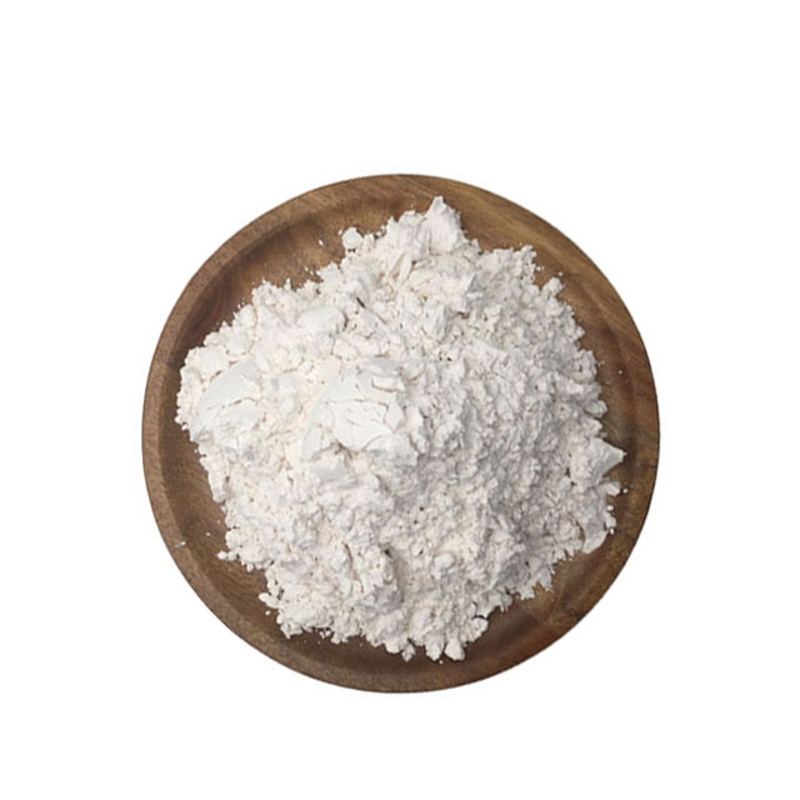-
Categories
-
Pharmaceutical Intermediates
-
Active Pharmaceutical Ingredients
-
Food Additives
- Industrial Coatings
- Agrochemicals
- Dyes and Pigments
- Surfactant
- Flavors and Fragrances
- Chemical Reagents
- Catalyst and Auxiliary
- Natural Products
- Inorganic Chemistry
-
Organic Chemistry
-
Biochemical Engineering
- Analytical Chemistry
- Cosmetic Ingredient
-
Pharmaceutical Intermediates
Promotion
ECHEMI Mall
Wholesale
Weekly Price
Exhibition
News
-
Trade Service
The main indication forpercutaneous transhepatic biliary drainage (PTBD) is usually cholestasis caused by tumors or post-inflammatory stenosis.
Percutaneous transhepaticbiliary drainage (PTBD) The main indication for percutaneous transhepatic biliary drainage (PTBD) is usually cholestasis caused by tumors or post-inflammatory stenosis.
The most serious complications of PTBD are pancreatitis, hemorrhage, bile duct and hepatic artery or portal vein fistula, pseudoaneurysm, bile leakage, and pneumothorax or hemothorax caused by puncture.
Recently, a study published in the journal European Radiology compared the success rate, technical complexity, and complication rate of PTBD in patients with dilated and non-dilated bile ducts.
In this retrospective analysis, we evaluated all continuous PTBD conducted by our department within 5 years.
In this retrospective analysis, we evaluated all continuous PTBD conducted by our department within 5 years.
In this study, 187 patients underwent a total of 253 surgeries.
Table 1 Types and incidence of surgical complications in patients with non-expanded and dilated bile ducts
Table 1 Types and incidence of surgical complications in patients with non-expanded and dilated bile ductsCompared with PTBD with dilated bile ducts, although PTBD with non-dilated bile ducts is more technically complex, the overall complication rate is similar, but the incidence of bleeding complications is higher.
Compared with PTBD with dilated bile ducts, although PTBD with non-dilated bile ducts is more technically complex, the overall complication rate is similar, but the incidence of bleeding complications is higher.
Original source: Original source:
Federico Pedersoli,Anja Schröder,Markus Zimmermann,et al.
Federico Pedersoli,Anja Schröder,Markus Zimmermann,et al.
Percutaneous transhepatic biliary drainage (PTBD) in patients with dilated vs.
nondilated bile ducts: technical considerations and complications.
DOI: org/10.
1007/s00330-020-07368-6">10.
1007/s00330-020-07368-6 Federico Pedersoli,Anja Schröder .
, Markus Zimmermann, et Al Percutaneous transhepatic biliary drainage (of PTBD) in patients with bile ducts Dilated FC vs.
nondilated: Technical Considerations and complications.
DOI: org/10.
1007/s00330-020-07368-6">10.
1007 / s00330-020-07368-6org/10.
1007/s00330-020-07368-6"> 10.
1007 / s00330-020-07368-6 in This message







